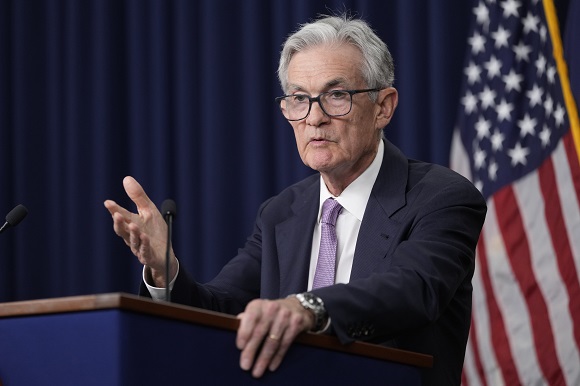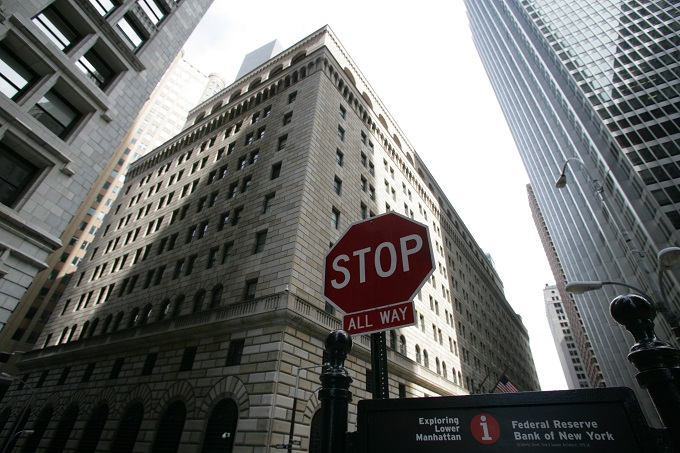By Matt Ott AP Business Writer mortgage rate another increase
The average long-term U.S. mortgage rate ticked up again this week, remaining at its highest level since July.
The benchmark 30-year fixed rate loan rate rose to 6.93% from 6.91% last week, according to mortgage giant Freddie Mac. It was at 6.66% a year ago. It has risen for four straight weeks.
The uptick in the cost of home loans reflects a rise in the bond yields that lenders use as a guide to price mortgages, specifically the yield on the U.S. 10-year Treasury. The yield on the 10-year Treasury has climbed from 3.62% in mid-September to 4.66% this week.
The increase is occurring with the price of homes rising steadily.
mortgage rate another increase
Elevated mortgage rates and rising home prices have kept homeownership out of reach of many would-be homebuyers. While sales of previously occupied U.S. homes rose in November for the second straight month, the housing market remains in a slump and on track for its worst year since 1995.
The government’s report on December home sales is due out later this month.
Interest rates have been climbing since the Federal Reserve signaled last month that it expects to raise its benchmark rate just twice this year, down from the four cuts it forecast in September.

The Fed is tapping the brakes on rate cuts because inflation remains stubbornly above the central bank’s 2% target, even though it’s fallen from its mid-2022 peak. Economists also worry that President-elect Donald Trump’s economic policies, notably his plan to vastly increase tariffs on imports, could fuel inflation.
The average rate on a 15-year fixed-rate mortgage, popular with homeowners seeking to refinance, ticked up to 6.14%, up from 6.13% and also the highest since July. It was at 5.87% a year ago, Freddie Mac said.
Notes from APS Radio News
From the latter part of February 2020 to the Spring of 2022, the Federal Reserve implemented a program of monetary expansion on a massive level.
During that period, the US central bank added about $4.6 trillion.
The European Central Bank, the ECB, embarked on a similar program during that period, adding at least a few trillion dollars to its holdings.
It do during a period of lockdowns and restrictions that were imposed over a virus that, according to Statista, in the US had an average mortality rate of .07% and, according to Dr. John Ioannidis of Stanford University, had a recovery rate of about 99% for most age groups.
By December 2020, at least 140,000 businesses had been shuttered as a result of lockdowns.
Even before the Ukraine war commenced, lockdowns and a substantially slower pace of offloading & delays that took place at major ports led to shortages of various goods and services.
About four and a half years ago, Volkswagen was experiencing what were called supply line problems.
Economists say that the combination of shortages and massive & rapid infusions of money led to substantially higher rates of inflation.


